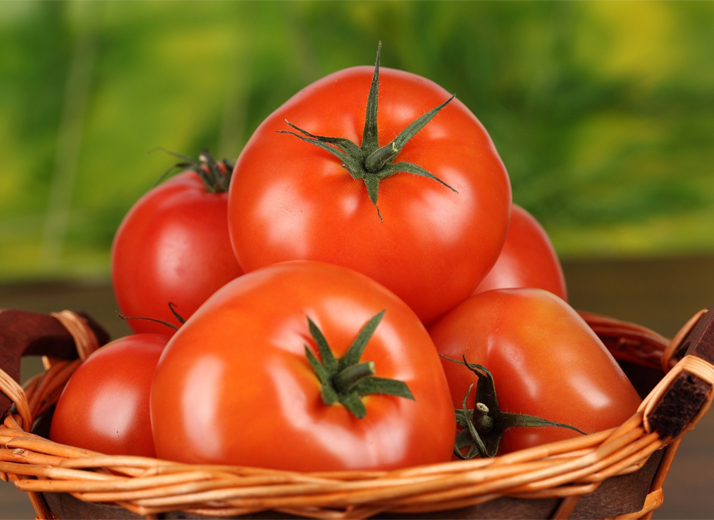Product
Tomato

Send an Enquiry
Tomato (Solanum lycopersicum) is a globally important fruit botanically classified as a berry, though commonly used as a vegetable in culinary contexts. Native to western South America and Central America, the tomato was domesticated by the Aztecs and later spread worldwide after the Spanish colonization of the Americas. It is now cultivated on every continent, with major producers including China, India, the United States, and Turkey. Tomatoes are prized for their sweet-tangy flavor and versatility in countless dishes—from sauces, soups, and salads to juices and condiments. Nutritionally, tomatoes are low in calories but rich in vitamins C, A, K, and B-complex, as well as potassium, folate, and fiber. One of their most significant compounds is lycopene, a powerful antioxidant responsible for the fruit’s red color and linked to reduced risks of heart disease, certain cancers, and skin damage from UV rays. Tomatoes also support healthy digestion, vision, and immunity. Available in numerous varieties—such as cherry, plum, beefsteak, and heirloom—they can be consumed raw or cooked, with cooking enhancing the bioavailability of lycopene. Cultivation of tomatoes requires warm temperatures, well-drained soil, and adequate sunlight. Post-harvest, they are stored at room temperature or lightly refrigerated to preserve flavor and shelf life. Economically, tomatoes play a critical role in both fresh markets and the processed food industry, making them one of the most consumed and commercially valuable crops in the world.
Health Benefits of Tomato- Rich in Antioxidants
- Improves Skin Health
- Promotes Eye Health
- Helps Manage Diabetes
- Anti-Cancer Properties
- Hydrating and Detoxifying
